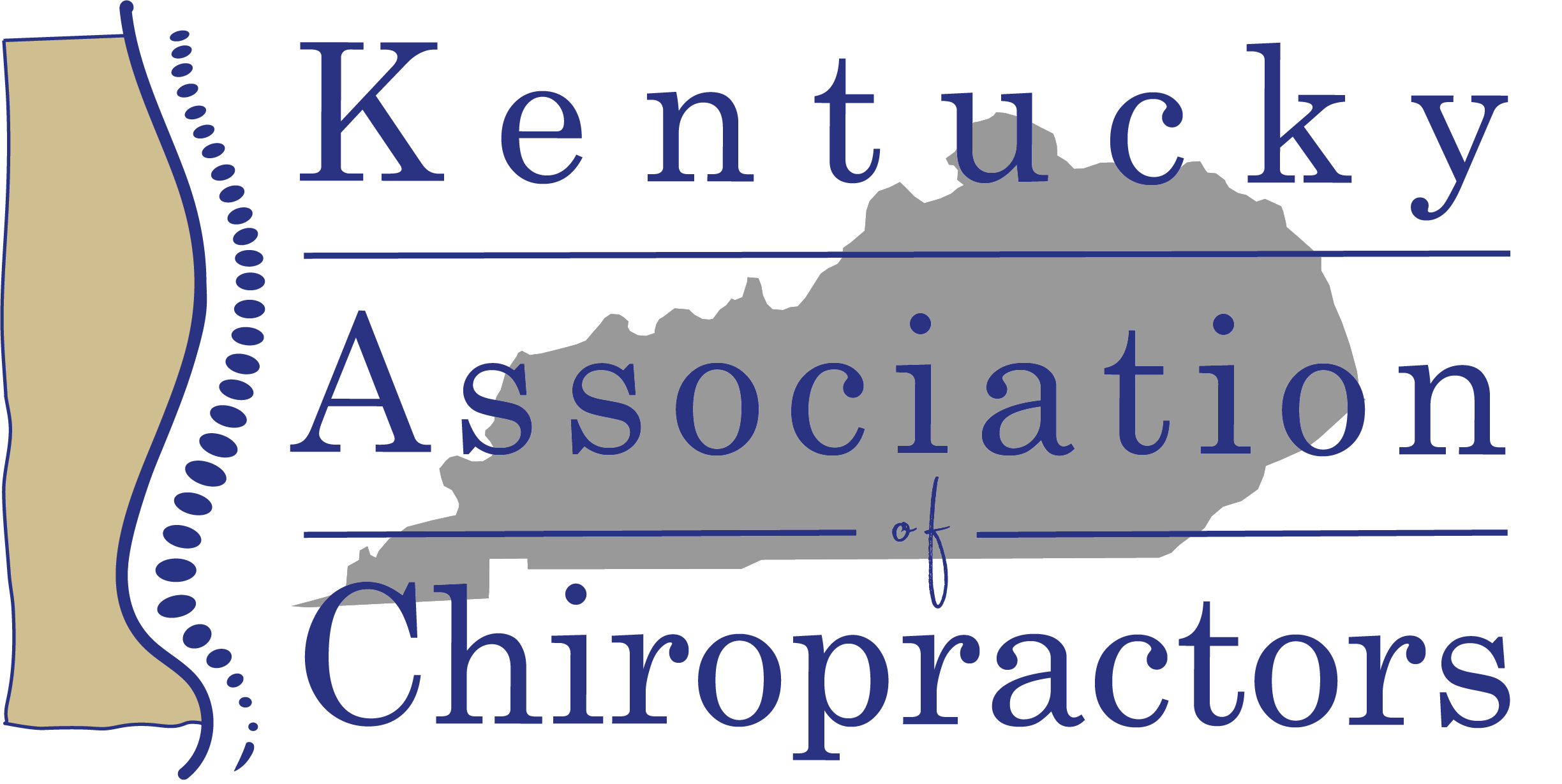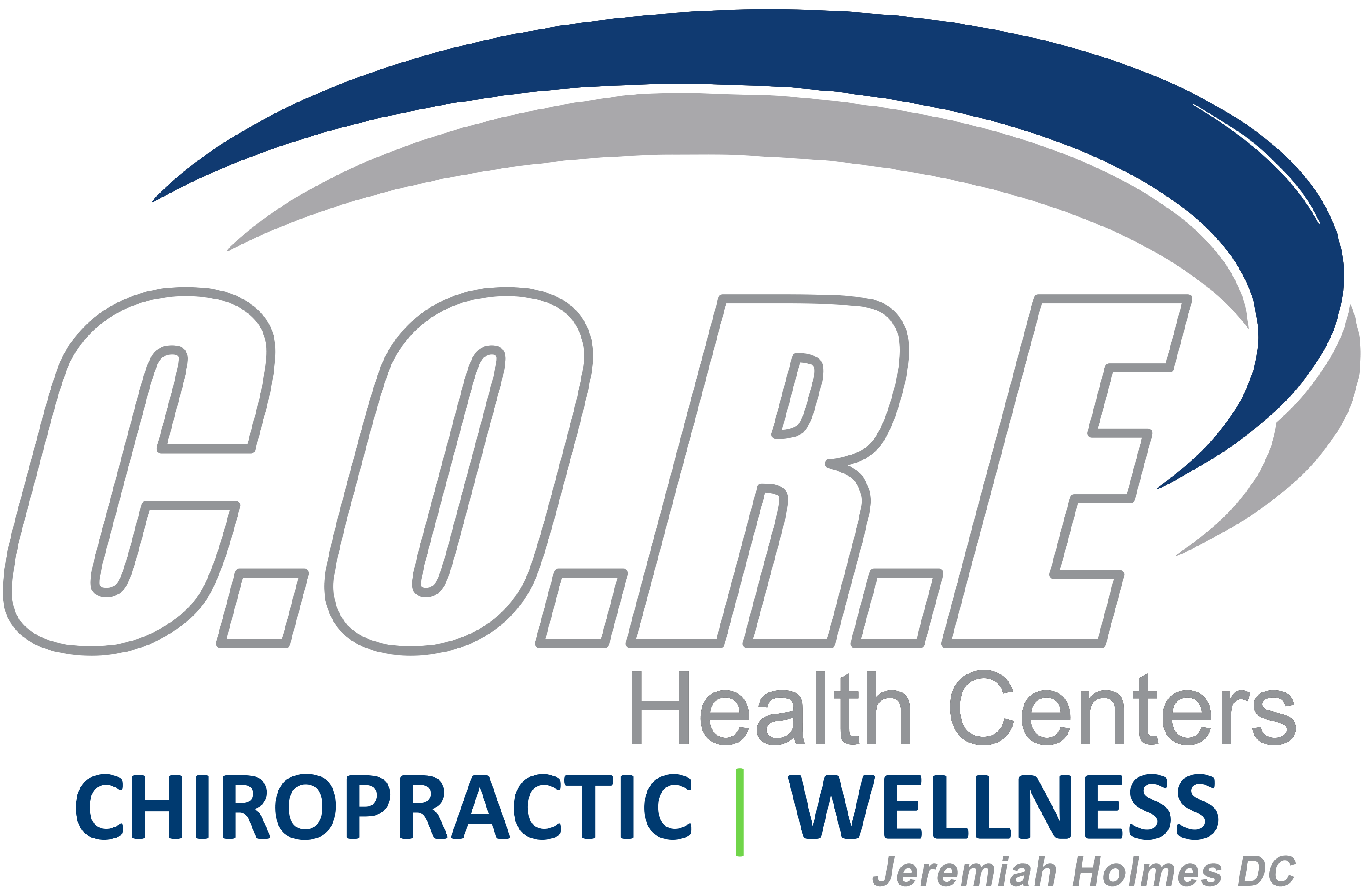Evan M. Gwilliam DC MBA BS CPC QMCC CPMA CPCO AAPC Fellow
Senior Vice President, Practisync
In today’s healthcare environment, compliance with insurance requirements and proper documentation are more critical than ever. Chiropractors are facing increasing demands from insurance companies, not just for records but for paybacks related to record reviews where the explanation might say something like, “documentation does not support claims.” While the thought of a payback demand can be daunting—often reaching tens of thousands of dollars—the good news is that much of it can be avoided with a proactive approach.
The Growing Demand for Records and Paybacks
Healthcare providers across the board are being asked more frequently to provide records for review. Recent industry data suggest that insurance companies are tightening up their documentation requirements. In fact, the Centers for Medicare and Medicaid Services (CMS) and private insurers alike are more aggressively requesting medical records for audits. In many cases, providers are being hit with payback demands when their records don’t meet these heightened standards.
Take the example of a chiropractic office that was found to have been overpaid by more than $300,000 after an audit revealed that 54% of their claims did not meet Medicare’s requirements. This scenario is unfortunately all too common, and it serves as a stark reminder of the financial and reputational risk posed by poor documentation practices.
The Office of the Inspector General’s Guidance
The Office of the Inspector General (OIG) of the U.S. Department of Health and Human Services has made it clear: healthcare providers, including chiropractors, should conduct a self-audit at least once a year as part of an effective compliance program. This recommendation is not only about avoiding fines or payback demands, but also about improving overall business practices. An audit is a tool to ensure that the documentation you’ve worked hard to generate is compliant, consistent, and, most importantly, defensible.
How to Perform Your Own Self-Audit
While the OIG’s recommendation should be motivation enough, the good news is that performing a self-audit doesn’t have to be an overwhelming task. By implementing the right strategies, you can identify potential issues and correct them before they lead to financial consequences.
One valuable (and free) resource for chiropractors is the Medicare Documentation Job Aid for Chiropractic, produced by the Medicare Learning Network. This guide provides detailed checklists on the necessary documentation for chiropractic claims for Medicare. (Note that this audit tool only addresses the documentation of the subluxation and chiropractic manipulative treatment, as that is the only service Medicare currently covers for chiropractic physicians.) It can be argued that, if Medicare guidelines are satisfied, then these requirements should suffice for all other payers and interested parties.
As part of a proactive self-audit, you could simply take this three-page checklist and use it to look for deficiencies in a sampling of your own records. However, it can be difficult to remain impartial when analyzing your own work, so consider swapping records with a colleague to ensure more objectivity. Then meet for lunch to compare your evaluations of each other. Rinse and repeat in a few months until you both have better outcomes.
Listed below are the major sections of the Job Aid and a few key points from each:
- Subluxation Documentation Requirements
- Make sure every region with a diagnosed subluxation (a.k.a. segmental dysfunction) meets the Medicare P.A.R.T. criteria.
- Initial Evaluations
- The history should be thorough enough to explain the reason for the treatment
- Contraindications to chiropractic manipulation should be documented, if present.
- Treatment given should include specific locations
- Treatment Plan
- Must include specific treatment goals
- Effectiveness of treatment should be tracked objectively
- Subsequent Visits
- Changes to history and P.A.R.T. must be noted.
- Effectiveness of treatment should be discussed.
These sections ensure that your clinical records contain all of the required components and align with Medicare’s expectations for medical necessity for chiropractic manipulative treatment, which should also satisfy all other payers. If you need further clarification on these points, the Medicare Job Aid is an indispensable tool.
An Alternate Audit Technique: The Reverse SOAP Note Audit
Another technique I recommend, and one that I use in my live presentations, is the “reverse SOAP note audit.” This method starts by auditing the procedure codes one at a time in the “P” (Plan) section of your SOAP notes and working backwards through the “A” (Assessment), “O” (Objective), and “S” (Subjective) sections. The goal is to ensure that the clinical justification for the procedure is properly documented in the earlier sections of the note.
When reviewing a treatment plan for spinal manipulation, you’d start by identifying which Chiropractic Manipulative Treatment code was used in the Plan section. For example, if the plan included 98941, which is used to report chiropractic manipulative treatment (CMT) of the spinal region involving 3-4 spinal regions, you would look for evidence of three or four regions being treated in the description of the procedure. At that point, you would begin to work backwards, ensuring that the proper diagnoses are in place and that care effectiveness is addressed in the Assessment section. Next you would move up to the Objective section and look for clear evaluation findings that support the diagnoses assigned (such as P.A.R.T.) And, finally, you would look to see if all three or four regions can be tied to a specific complaint in the Subjective section of the note. If these sections don’t align, it may indicate that the documentation needs improvement.
This approach works for any other services provided as well. Just pick a code that was billed and work backwards from “P” on up to “S” for each service. This reverse audit process is an alternative way to verify that your notes align with the medical necessity of the services provided and can be a useful exercise when performing your self-audit.
Why a Professional Audit Might Be Worth Considering
A real estate agent might be better at selling your house than you are. An accountant might have a better handle on your taxes than you do. While performing self-audits is a smart and necessary practice, some chiropractors may still feel unsure about auditing their own work, especially if they lack extensive experience in coding or documentation compliance. This is where a professional audit can provide significant value.
A professional who specializes in comprehensive chart reviews and audits can help you find that peace of mind, knowing that your documentation meets the highest standards of compliance. While you can absolutely perform audits on your own, engaging a professional service can help ensure that you haven’t missed anything crucial, potentially saving you thousands of dollars in the long run.
In Conclusion
Whether you choose to conduct a self-audit or enlist the help of a professional service, the key takeaway is clear: proper documentation is a smart business move. By staying ahead of the curve, you reduce the risk of costly paybacks and ensure your practice is operating efficiently and compliantly.
About the Author
Evan M. Gwilliam, DC, MBA, BS, CPC, QMCC, CPMA, CPCO, AAPC Fellow, is the Senior Vice President at Practisync, a chiropractic billing and compliance consulting firm. With extensive experience in chiropractic billing, auditing, and compliance, Dr. Gwilliam has dedicated his career to helping healthcare providers streamline their documentation processes and ensure compliance with the latest regulations. He frequently conducts seminars and provides expert consulting services to chiropractic practices, empowering them to improve their business practices and reduce their risk of costly payback demands.
For more information on professional chart audits, billing services, or compliance consultations, please contact Evan at evan.gwilliam@practisync.com. Be sure to ask about special pricing for state association members.



